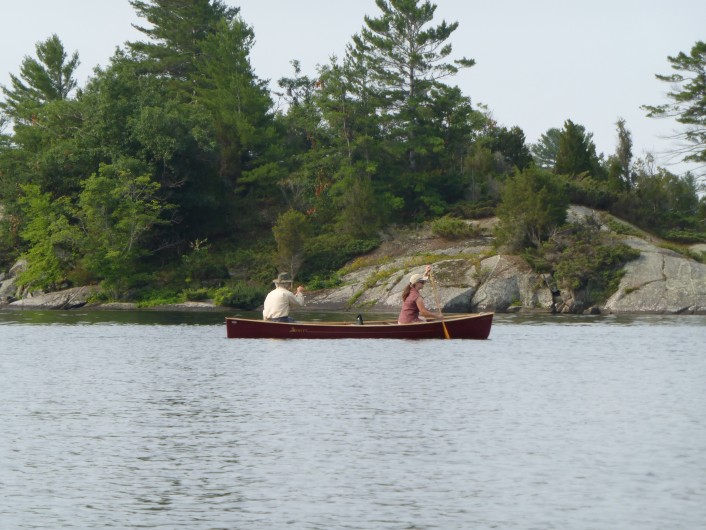It’s a funny thing to think of a smell when you’re listing the things that make you want to live in a place. But for me, the scent of a place matters.
I was travelling back from Toronto with my car windows open. A death in the family had forced me to spend an extended period in the south, and I had become increasingly intolerant of the noise and the traffic and the endless asphalt. I hadn’t really noticed the bad air. You just tend to adapt to any particular stink in the air, noticing the first few breaths, but then adjusting.
It wasn’t until I pulled off Highway 11 on a exit ramp that I suddenly realized what I had been missing: the smell of green spaces. It was lilac season, making the change in air particularly wonderful at that moment, but if you pay attention you can develop a pretty good sense of the type of air you’re breathing. More often than not, the air in this region has a verdant quality that should be prized.
That quality likely comes from the degree of forest cover we still enjoy. A 2012 report from Trees Ontario, called A Healthy Dose of Green: a prescription for a healthy population, underlines the value of that cover. The report ties a number of health issues directly to the presence or absence of a healthy natural environment. The document sets a minimum threshold of 30 per cent forest cover to maintain a healthy, sustainable ecosystem. In some regions of Ontario, forest cover has dropped to as little as five per cent, compromising the health of inhabitants, the report says.
[wc_row][wc_column size=”one-half” position=”first”]
To address that deficit, Trees Ontario calls for a billion trees to be planted in Ontario’s settled landscapes and it emphasizes the importance of contiguous canopy cover, which is virtually gone in the south and increasingly rare in central Ontario (for more on the report, go to treesontario.ca).
With Simcoe County’s population projected to explode as one of the fastest growing regions in Canada, and smart growth plans fairly fizzling, how long will it be before we follow southern Ontario into the reeking asphalt jungle?
[/wc_column][wc_column size=”one-half” position=”last”]The eco-region that includes the Washago area has about 47 per cent natural coverage, with half of that being forest cover.
Although we score better than many regions, we’re under the minimum for forest cover set by Trees Ontario.
[/wc_column][/wc_row]
When it comes to forest canopy, the region has benefited mightily from reforestation projects under Simcoe County Forests, which now manages tens of thousands of acres of woods. The Couchiching Conservancy has also played a role in protecting the forests of the region, as well as equally important wetlands and grasslands. A solid corridor has been developed along the Trent-Severn Waterway at Fawcett Road where Conservancy lands and county forest abut. We’ll continue to work to connect those protected lands. But the reality is that unless we do more to protect and connect the wild areas that remain, we are bound to lose what amounts to an enormous health advantage. We will lose the smell of green.
Written by Mark Bisset.
Read more of this issue of The Villager here.


